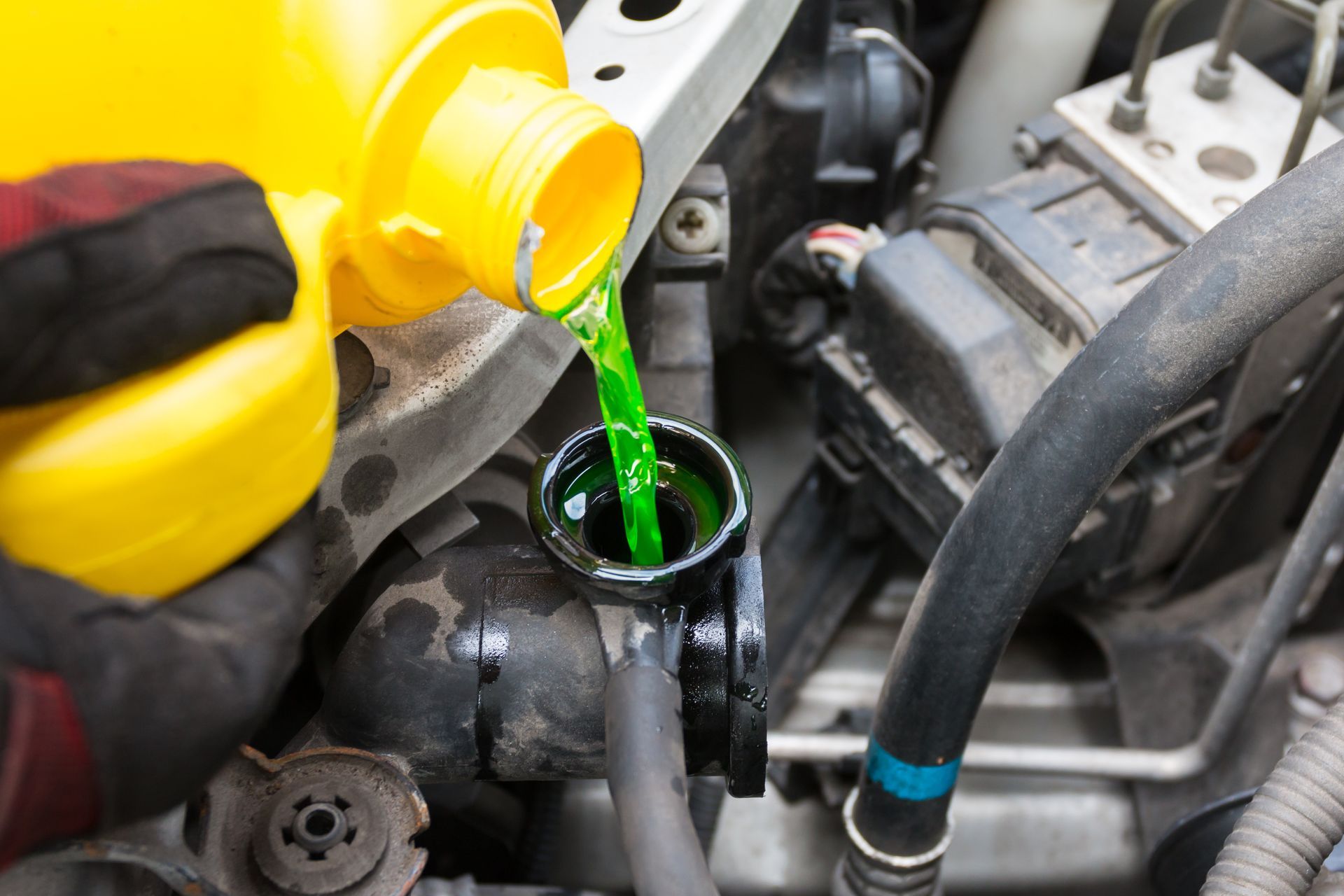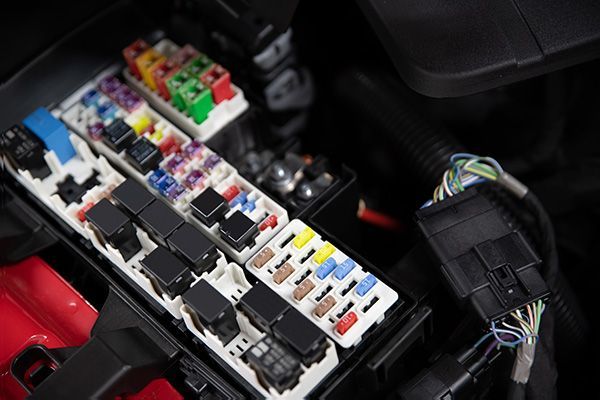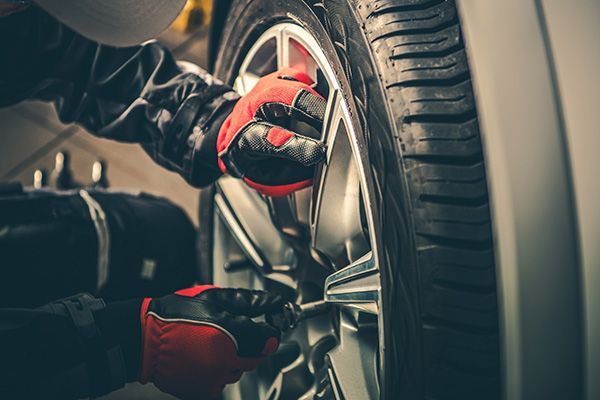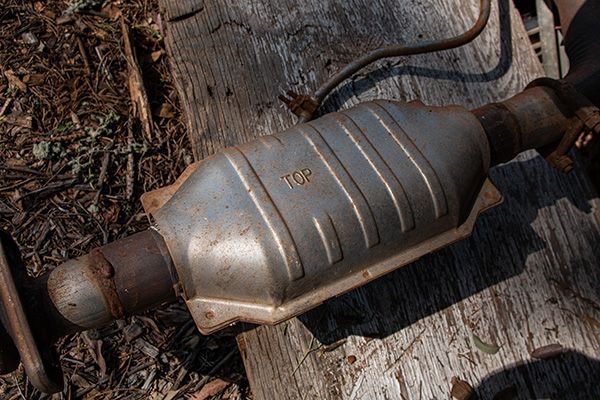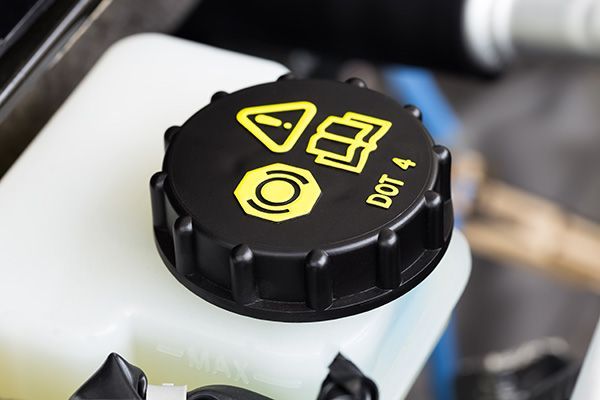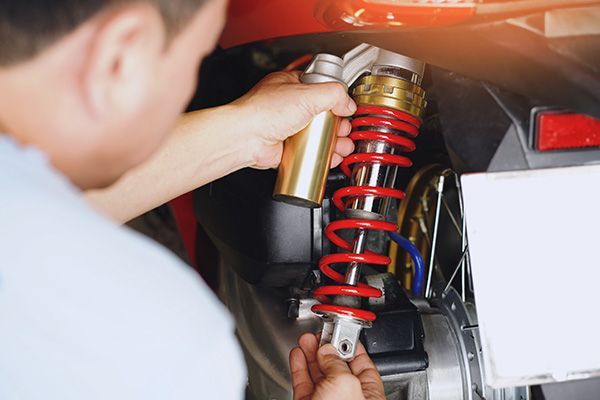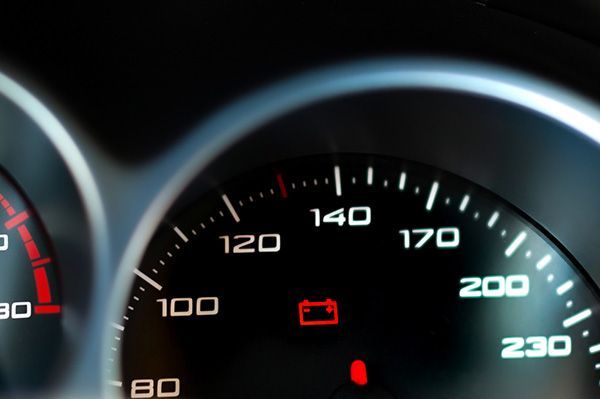
Seeing your battery warning light come on while you’re driving can be unsettling. Unlike the check engine light, which could point to many different systems, the battery light focuses on your vehicle’s charging system. It signals that the battery is not being recharged properly by the alternator. While your car may still run for a while on battery power alone, the light serves as an early warning that your electrical system may fail soon if not addressed.
Common Causes Behind the Warning Light
Several issues can trigger the battery light, ranging from simple to serious. A loose or corroded battery connection is often the first culprit. If the wires or terminals are dirty or damaged, the current may not flow efficiently. A worn alternator belt is another frequent cause. This belt drives the alternator, and if it slips or breaks, the alternator can’t generate power. In other cases, the alternator itself may be failing internally. When its output drops, your car relies solely on the battery until it drains completely.
How Electrical System Problems Affect Driving
When the charging system isn’t working properly, you may notice warning signs beyond the dashboard light. Dim headlights, flickering interior lights , or slow power window operation all suggest reduced voltage. If you drive at night with a weak electrical system, your visibility and safety are compromised. A failing charging system can also lead to stalling, since modern engines rely heavily on electronic controls. If the light is on and you start noticing these symptoms, it’s best not to keep driving until the problem is inspected.
Can You Keep Driving With the Battery Light On
Technically, yes, you can continue driving for a short time with the battery light on, but it’s risky. Your car will run on stored battery power alone, which may last anywhere from a few minutes to over an hour, depending on your battery’s health. Once the charge is depleted, the engine will shut off, leaving you stranded. This could happen at an inconvenient or even dangerous time, like in heavy traffic or on a dark road. Treat the light as a sign to get to a safe location and arrange for inspection as soon as possible.
How Mechanics Diagnose Charging System Issues
When you bring your car in for inspection, a technician will start by checking the battery’s condition and charge level. They will then test the alternator output to see if it is generating the correct voltage. Belts and wiring connections are inspected to rule out mechanical issues. In some cases, the technician may also check for parasitic drains, where a component continues to draw power even when the car is off. This process helps pinpoint whether the problem lies with the battery, alternator, or another part of the electrical system.
Preventing Future Battery Light Problems
Routine maintenance is the best way to avoid sudden charging system issues. Regularly checking your battery’s condition can reveal weak cells before they fail. Inspecting the alternator belt during oil changes helps catch wear before it breaks. Cleaning corrosion from battery terminals and tightening connections ensures good conductivity. If your car is older or has high mileage, periodic testing of the alternator and battery during service visits gives peace of mind. Preventive care not only saves you from breakdowns but also extends the life of your charging system components.
Stay Powered and Safe With Morin Brothers Automotive
A battery light is never something to ignore. Even if your car seems to run fine for now, the warning is telling you there’s a problem that needs attention. At Morin Brothers Automotive in San Luis Obispo, CA, we provide expert diagnostics and repairs for batteries, alternators, and charging systems. Our technicians can quickly identify the cause and make sure your car’s electrical system is reliable again. Don’t wait for your vehicle to leave you stranded.
Visit us today and keep your car powered and ready for every drive.


